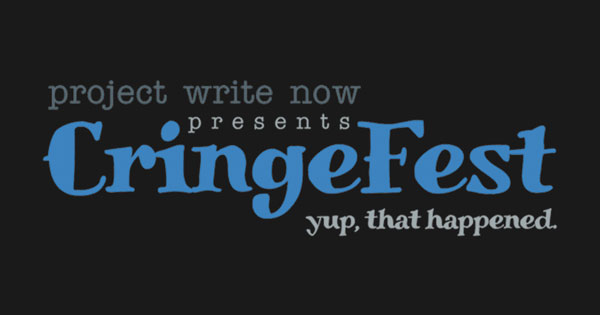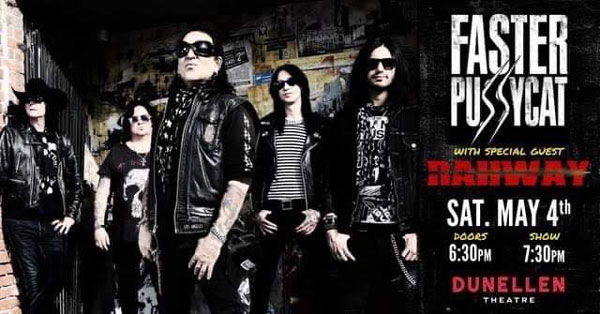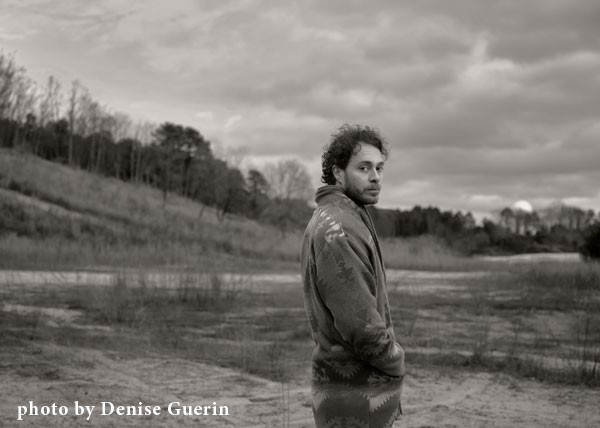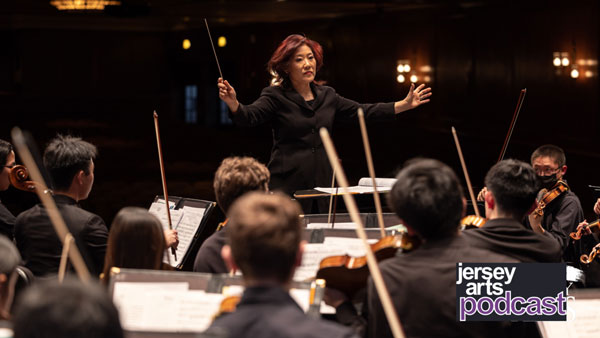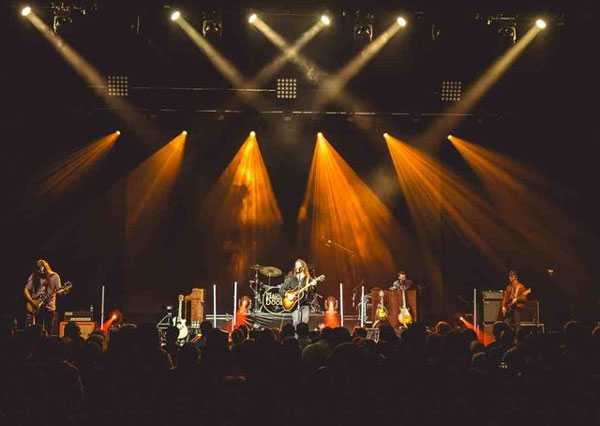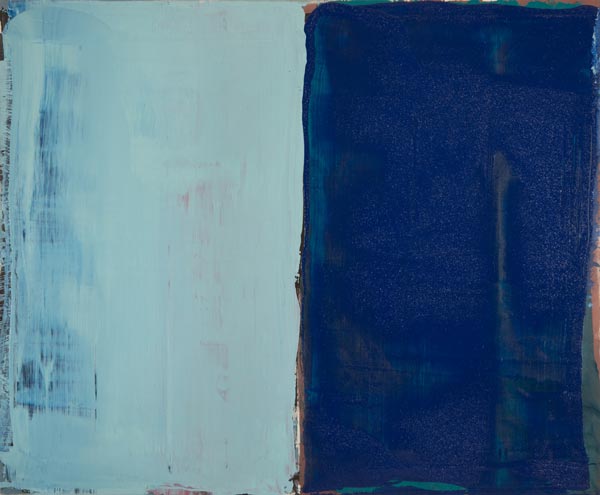
(NEW BRUNSWICK, NJ) -- While many people have resigned themselves to glancing at visual art on tiny screens, three exhibitions at the Zimmerli Art Museum at Rutgers reinforce the perspective that there is no substitution for encountering art in person. Even the “smartest” phones and highest definition large screens often misrepresent artwork by distorting color and surface details, altering a work’s true appearance and diminishing a viewer’s visceral response to it. And rarely does the electronic reproduction produce the special magic and power of the work itself. The exhibitions Stanley Twardowicz: Color Field Paintings, 1962–1990; Three American Painters: David Diao, Sam Gilliam, Sal Sirugo; and Absence and Trace: The Dematerialized Image in Contemporary Art are on view in the museum’s more intimate galleries, inviting visitors to closely examine details on individual pieces, as well as step back and discover how they relate to each other. Collectively, they highlight important developments in American art during the second half of the 20th century – as the center of the art world shifted from Europe to the United States – and into the beginning of this one.
“These shows are engaging whether visitors are familiar with contemporary art or simply looking to explore beautiful painting or to see what happens when an artist focuses on what is not visible,” observed Donna Gustafson, the Zimmerli’s Curator of American Art and Mellon Director for Academic Programs.
The first exhibition of work by Stanley Twardowicz (1917-2008) at the Zimmerli, Color Field Paintings, 1962–1990 provides insight into his intense processes of color manipulation, which helped establish him as a “Master Colorist” and an important figure in the years after abstract expressionism. With a career that spanned seven decades, he first gained notoriety for his poured paintings during the 1950s and was included in exhibitions of abstract painting in New York, Chicago, and Philadelphia. During this period, Twardowicz also frequented the storied Cedar Tavern in Greenwich Village, where his fellow painters advanced Abstract Expressionism – the first truly American movement that originated in New York and achieved international recognition during the 1940s and 1950s – alongside Beat Generation writers (in 1967, Twardowicz took a series photographs of his close friend Jack Kerouac, which he published in 2005). The group prompted a cultural turning point, shaping an image of American identity that has influenced artists, writers, and musicians ever since.
Among the nine medium and large scale paintings on view, three are loans from a significant collection of Twardowicz’s work at Hofstra University, where he and wife Lillian Dodson were longtime faculty members, while the others belong to the Zimmerli’s collection and are on view for the first time at the museum. The exhibition spotlights what are often referred to as “disappearing” ovals: Twardowicz’s paintings that explore a central dot surrounded by softly modulating, concentric bands of color. His embrace of Zen philosophy in the mid-1950s influenced his retreat from the aesthetics of action painting toward more meditative images. Adopting an airbrush as a tool in the 1960s, he circumvented the gestural brushwork associated with the emotional intensity in abstract expressionist paintings, replacing it with a quiet, yet colorful, intensity. The technique allowed for a more subtle blending of the colors, apparent in Purple Circle (1968) and GBO (1969). These acrylic paintings envisioned a new abstract sublime and are admired for their complex color and illusionistic depth. While the paintings are deeply personal and resonate with his devotion to Zen principles, they also are abstract and universal, inviting viewers to develop their own interpretations. Twardowicz continued to paint in this vein until his death in 2008.
Each of the large-scale paintings in Three American Painters: David Diao, Sam Gilliam, Sal Sirugo occupies its own wall, allowing for an immersive, comparative examination of how the artists moved toward their respective concept-based practices. Diao (b. 1943), Sirugo (b. 1920), and Gilliam (b. 1933) succeeded the generation of artists who pioneered Abstract Expressionism during the 1940s and 1950s, engaging with the movement’s traditional elements before diverging to distinct, personal innovations during the 1960s and 1970s. Despite disparate backgrounds, the artists converged in their ambitions to develop new interpretations of abstraction. Both Diao and Sirugo– born in China and Italy, respectively – immigrated with their parents to the United States and pursued their artistic careers in New York City; while Gilliam, who grew up in Louisville, Kentucky, has lived and worked for more than 50 years in the District of Columbia (where his 28-foot-long, site-specific installation was unveiled at the opening of the Smithsonian’s National Museum of African American History and Culture in September 2016). All three are now celebrated for saturating their canvases with paint and heavily working the surfaces: the material itself, and the process of applying that material, become the subject of the paintings. They played a significant role in establishing abstract painting in the larger context of 20th-century art in America and a major thread in contemporary art history.
Advertise with New Jersey Stage for $50-$100 per month, click here for info
Sam Gilliam gained critical attention as one of the Washington Color School painters in the 1960s, developing a variant of the staining process key to that group’s practice. Using stretchers, some with beveled edges, he mounted paintings, such as Breeze (1967), so they seemed to float in front of the wall. Gilliam eventually removed the stretcher altogether to create iconic three-dimensional draped canvases. Acrylic paintings by David Diao and by Sal Sirugo complement Gilliam’s work by engaging with similar concerns about color and surface. In the mid-1960s, Diao began a series of large paintings that included pouring acrylic paint onto a surface and using different tools – including industrial cardboard tubes – to manipulate the paint’s movement, producing rich swaths of color. In addition, he titled his work to further remove them from the realm of pure abstraction:Blueprint (1971), for example, suggests both a specific meaning, as well as a pun reflecting the two shades of blue paint he used. Sirugo also developed his style that incorporated dense applications of paint; his painterly abstraction embraced the white writing and heavy impastos of some West Coast abstract expressionist painters. However, unlike other artists who invested imagery with mystical content, Sirugo’s titles – such as L-6 (1960) – are non-referential. In this painting, the thick application of black and white paint creates a dense, interlocking textured surface that is both mysterious and suggestive of a meditative relationship between viewer and object.
Absence and Trace: The Dematerialized Image in Contemporary Art Absence and Trace explores the evocative power of what is not visible – especially elements intentionally omitted by artists – to still have an impact on an individual’s experience with art. The exhibition focuses on works in various mediums created by five American artists within the past 50 years: Polly Apfelbaum (b. 1955), Josiah McElheny (b. 1966), Marsha Goldberg (b. 1957), Ed Ruscha (b. 1937), and Lynton Wells (b. 1940). They are accompanied by Eugène Atget’s (1857-1927) photographs of Paris, a city in transition. He documented the quickly vanishing architecture and decorative flourishes of Old Paris, replaced by a strange new landscape of the modern city, devoid of human activity. The disquieting emptiness of the streets, exemplified by his views of the Montmartre neighborhood and modern shop windows populated by mannequins, poeticizes the city by drawing attention to the people who are missing from the scene.
Some of the works in the exhibition employ strategies that playfully incorporate the process of their own production. Ed Ruscha, known for combining text and unconventional materials in witty ways, created the print series News, Mews, Pews, Brews, Stews & Dues during a trip to London in 1970. He selected a font and words associated with British culture, and created original dyes by extracting residue from such iconic local products as Branston Pickle, Heinz baked beans, and blackcurrant pie filling. But by adding such imports as Hershey’s syrup and Italian squid ink into his experimental pigments, Ruscha wryly suggests that globalization has caused even the most discrete national identities to fade. Josiah McElheny’s 1996 sculpture From Verzelini's Acts of Faith: The Last Supper According to Bonifacio Pitati and Beato Angelico consists of a display case with handblown glass bowls and chalices, suggesting precious artifacts. A label inside explains that the artist reproduced glassware created by Giacomo Verzelini, a 16th-century Venetian master glass blower. However, McElheny omits a number of important details from a story that spans continents and centuries, raising questions about the meaning of history, artifact, and originality.
In contrast, six haunting drawings by Mason Gross School of the Arts alumna Marsha Goldberg take on current events, adding a political critique to ruminations on disappearance. Created between 2012 and 2016, she based her drawings on recent press photographs of sites in the Middle East that have been bombed, depicting only the dissipating smoke from the explosives. By omitting the graphic destruction and wreckage, Goldberg prompts viewers to consider questions about global spectatorship in the wake of incomprehensible violence and their own relationship to distant tragedies.
Absence and Trace: The Dematerialized Image in Contemporary Art, on view through January 7, 2018, is organized by Donna Gustafson, Curator of American Art and Mellon Director for Academic Programs, and Hannah Shaw, Graduate Curatorial Assistant.
Three American Painters: David Diao, Sam Gilliam, Sal Sirugo, on view through July 31, 2018, is organized by Betty Jarvis, M.A. Art History, Rutgers 2016, and Graduate Assistant 2015–16, and Donna Gustafson, Curator of American Art and Mellon Director for Academic Programs.
Stanley Twardowicz: Color Field Paintings, 1962–1990, on view through July 31, 2018, is organized by Donna Gustafson, Curator of American Art and Mellon Director for Academic Programs, and Xiola Sorgie, Rutgers Class of 2020.


